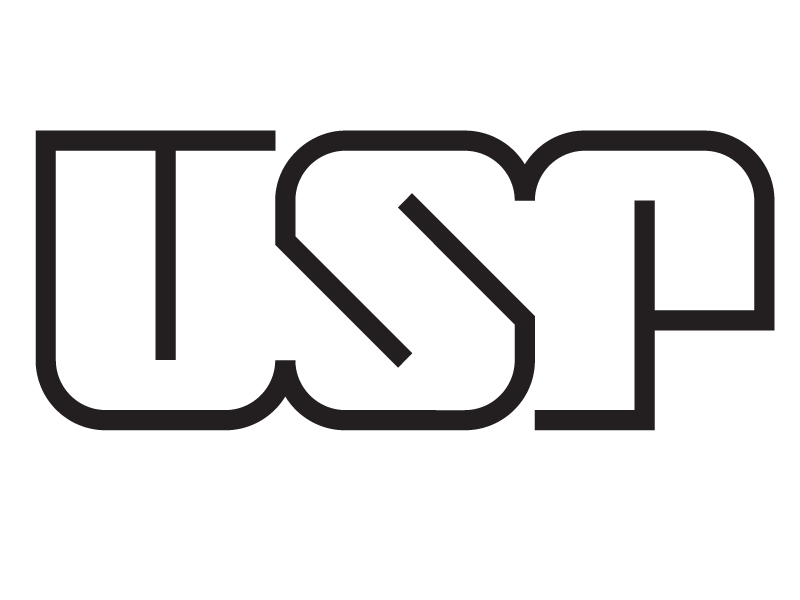Palestra – Prof. Dr. Daniel K. Inaoka
|
Título: “Novel approach to design selective and potent inhibitors against Trypanosoma cruzi dihydroorotate dehydrogenase.”
. Prof. Dr. Daniel K. Inaoka University of Tokyo – Japan Data: 28 de setembro. Horário: 10 h. . |
|
| Resumo da palestra:.Introduction: Dihydroorotate dehydrogenase (DHOD) from Trypanosoma cruzi (TcDHOD) is a flavoenzyme that catalyzes the oxidation of dihydroorotate to orotate and then the reduction of fumarate to succinate in the de novo pyrimidine biosynthesis pathway. TcDHOD is known to be essential for survival and growth of T. cruzi and a validated drug target.Previously, we reported the crystal structures of TcDHOD in the native form and in complexes with all physiological substrates and products, which bound to the active site in a closed state. The small volume of the closed active site pocket (178 Å3) has made difficult to design nM order inhibitors. To solve this problem it has been needed to obtain inhibitors bound to the active site in an open state that would give more large binding volume.
In this study we develop a novel approach to obtain potent and specific inhibitors for TcDHOD by using 3D structure information on the active site in open state. Material and Methods: To get the active site loop in open state, we designed NL-2 and MII-3-045 that were predicted to cause steric repulsion with the loop moiety of the closed form. A library of 5-substituted orotate derivatives were designed based in the open state. Compounds with high docking score were selected and synthesized. Inhibitory activity and selectivity were evaluated by assaying inhibition against T. cruzi and human DHODs. Co-crystal structures were obtained by soaking method and X-ray data collected at Spring-8. Inhibitory activity against T. cruzi amastigote was also assessed. Result: X-ray structure analyses of TcDHOD complexed with NL-2 and MII-3-045 revealed that they bound to the active site in the open state increasing the active site volume to 694 Å3, as expected. The best 5-substituted orotate derivative shows the IC50 of 150 nM and selectivity against TcDHOD more than 11900 times compared to the human DHOD. We present here a total of 50 crystal structures of TcDHOD complexed with 5-substituted orotate derivatives, and derived interactions critical for the selectivity, as well as potential interactions with several amino acid residues around the inhibitor binding site to obtain more promising inhibitors. Some compounds showed growth inhibitory activity against intracellular amastigotes. Conclusion: We succeeded to obtain highly potent and selective inhibitors against TcDHOD by a new approach. The designed TcDHOD inhibitors, showed inhibitory activity against T. cruziamastigote stage, chemically validating TcDHOD as drug target. |
Divulgação |




